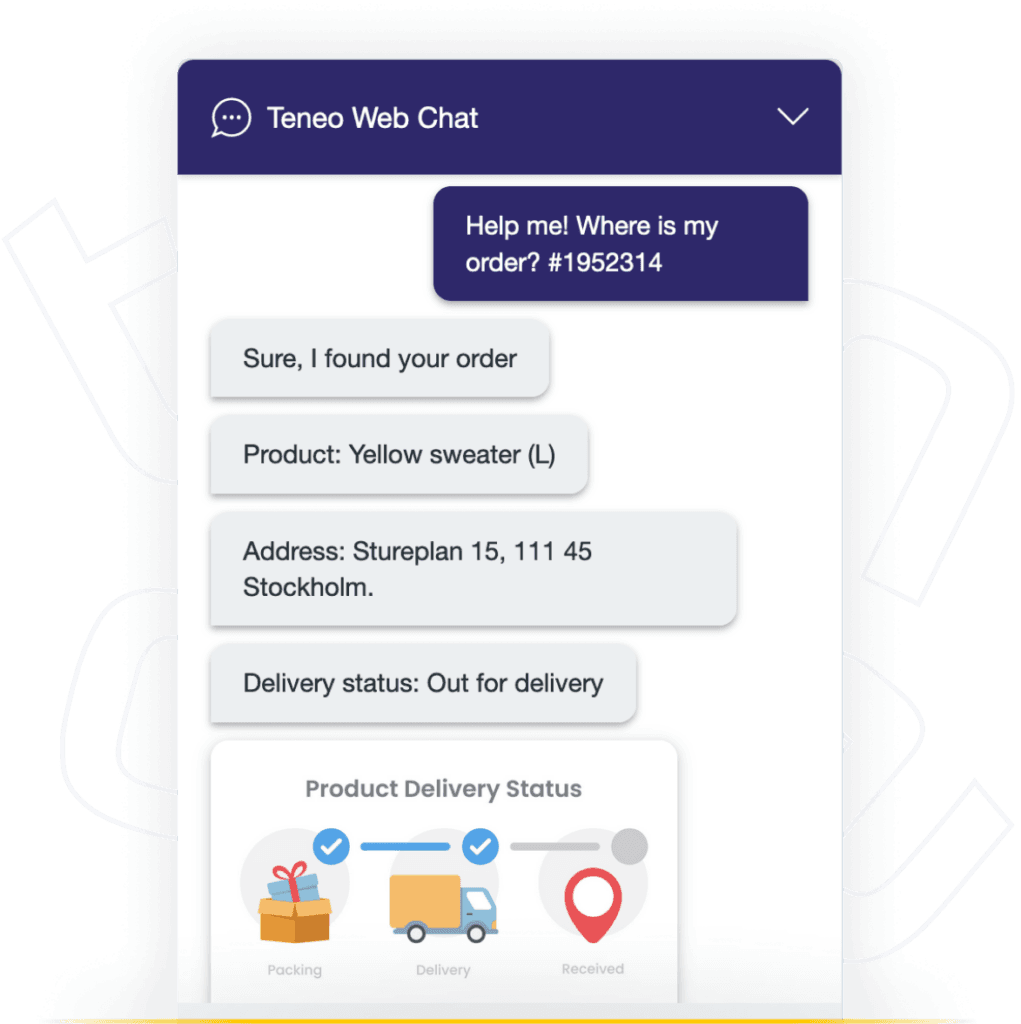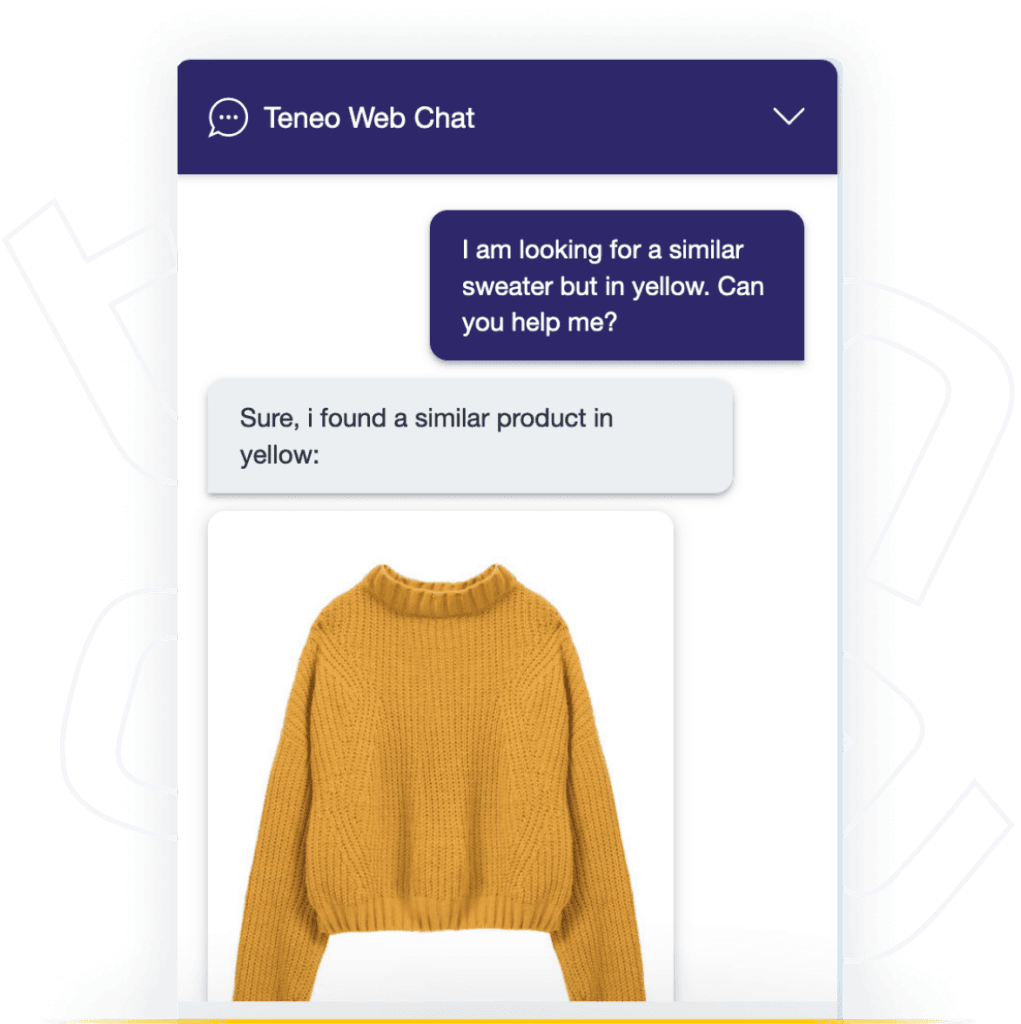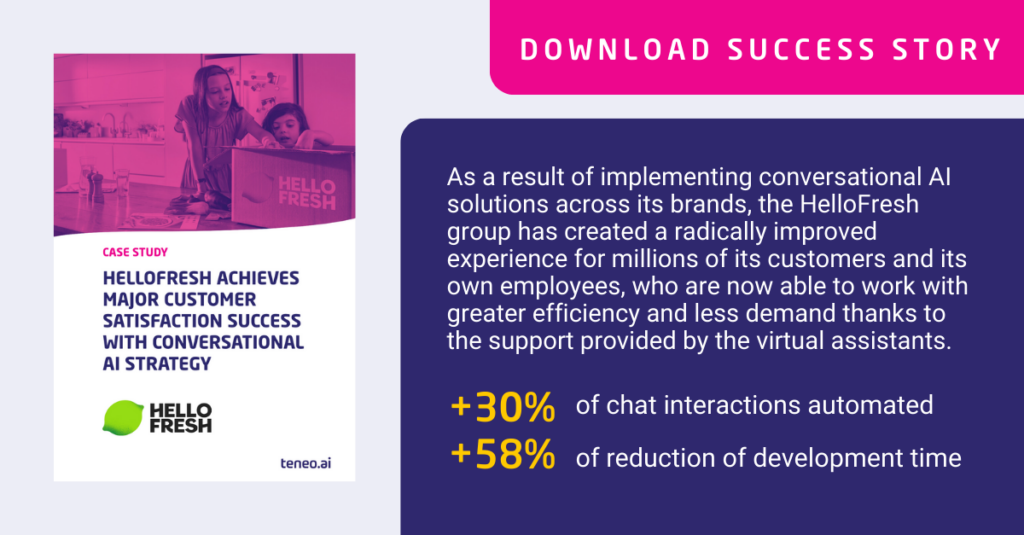In our previous discussion on the future of customer service, we explored how voicebot software is revolutionizing customer interactions across various sectors. Today, we will delve deeper into the retail industry and examine how voicebot software is specifically transforming the way retailers engage with their customers, providing a seamless and personalized shopping experience.

Enhancing Customer Service with Voicebot Software
Voicebot software is reshaping the way retailers engage with their customers. These intelligent systems can handle a wide range of tasks, from answering product inquiries to processing orders and tracking shipments. This level of automation improves efficiency while also enhancing customer satisfaction.

Key Benefits for Retailers
- Streamlined Operations: Voicebots can manage routine tasks such as checking product availability, processing returns, and providing store information. This reduces the workload on human agents, allowing them to focus on more complex customer needs.
- Personalized Shopping Experience: By leveraging customer data, voicebots can offer personalized product recommendations through Teneo Adaptive Answers and promotions. This tailored approach can significantly boost customer engagement and sales.
- 24/7 Customer Support: Voicebot software provides continuous support, ensuring that customers can get assistance at any time. This is particularly beneficial for online retailers catering to a global customer base.
- Increased Sales and Revenue: Efficient and personalized service can lead to higher customer satisfaction and loyalty, ultimately driving sales and revenue growth for retailers.

Case Study: Voicebots in Action
A leading example of Teneo in retail is HelloFresh. As detailed in their case study, HelloFresh implemented Teneo to enhance their customer service operations. The bot effectively managed inquiries related to meal selections, delivery schedules, and account management. This implementation resulted in a significant reduction in customer service calls and improved overall customer satisfaction by providing timely and accurate responses. Additionally, the bots ability to offer personalized meal recommendations based on customer preferences led to increased customer engagement and repeat orders.
Download the case study!
Ready to learn more about Voicebot software? Download our case study with HelloFresh to discover more!
FAQs
How is voicebot software transforming the retail industry and revolutionizing customer shopping experiences?
Voicebot software is revolutionizing retail through comprehensive transformation of customer shopping experiences: (1) Conversational Commerce: Voice-powered shopping assistants guiding customers through product discovery, comparison, and purchase decisions with personalized recommendations, (2) Intelligent Customer Support: 24/7 voice assistance for order tracking, returns, product information, and troubleshooting, handling 85-90% of inquiries automatically, (3) Personalized Shopping: AI-driven product recommendations based on customer history, preferences, and real-time behavior analysis, increasing conversion rates by 40-60%, (4) Inventory Management: Voice-activated inventory queries and management for staff, improving operational efficiency by 50-70%, (5) Multilingual Service: Global customer support in 100+ languages enabling international market expansion and diverse customer service, (6) Omnichannel Integration: Seamless voice experiences across online, mobile, and in-store touchpoints with unified customer profiles, (7) Proactive Engagement: AI-initiated communications for order updates, restock notifications, and personalized offers based on customer behavior. Retail organizations implementing voicebot software report 45-65% improvement in customer satisfaction and 35-55% increase in sales conversion rates. Explore Teneo’s retail voice AI solutions to see comprehensive shopping transformation capabilities.
What specific business benefits does voicebot software deliver for retail operations and customer experience?
Voicebot software delivers substantial benefits for retail operations and customer experience:
Operational Benefits: (1) Cost Reduction: 60-80% decrease in customer service costs through automation of routine inquiries and support tasks, (2) Scalability: Handle unlimited simultaneous customer interactions during peak shopping periods without additional staffing, (3) Efficiency Gains: 70% faster order processing and customer service resolution through intelligent automation, (4) Staff Optimization: Human employees focus on complex customer needs and high-value interactions requiring personal expertise.
Customer Experience Enhancement: (1) Instant Service: Sub-second response times for product information, order status, and customer support eliminating wait times, (2) Personalized Shopping: Tailored product recommendations and shopping assistance based on individual preferences and purchase history, (3) Accessibility: Voice-first interface supporting customers with visual impairments or mobility limitations, (4) Convenience: Hands-free shopping and support enabling multitasking and mobile commerce.
Revenue Growth: (1) Conversion Optimization: 40-60% improvement in sales conversion through intelligent product recommendations and guided shopping experiences, (2) Customer Retention: 30-45% increase in loyalty metrics through superior service quality and personalized experiences, (3) Market Expansion: Multilingual capabilities enabling global customer acquisition and international sales growth, (4) Upselling Success: 50-70% improvement in cross-selling and upselling through AI-powered recommendations. ROI typically achieved within 6-12 months with continued value growth. Calculate your retail voice AI ROI with AI Agents for detailed business impact analysis.
How can retail businesses successfully implement voicebot software to maximize customer engagement and sales performance?
Retail businesses can maximize voicebot implementation success through strategic approaches: (1) Customer Journey Mapping: Comprehensive analysis of shopping touchpoints and pain points to identify optimal voice AI integration opportunities, (2) Use Case Prioritization: Start with high-impact applications like product search, order tracking, and customer support, then expand based on proven success, (3) Personalization Strategy: Implement AI-powered customer profiling and recommendation engines for individualized shopping experiences, (4) Omnichannel Integration: Ensure seamless voice experiences across website, mobile app, and in-store systems with unified customer data, (5) Inventory Integration: Connect voice AI with real-time inventory systems for accurate product availability and delivery information, (6) Staff Training: Comprehensive programs preparing retail teams for AI-augmented customer service and sales processes, (7) Performance Optimization: Continuous monitoring of voice AI performance, customer satisfaction, and sales impact with ongoing optimization.
Success Strategies: (1) Pilot Programs: Test voice AI with specific product categories or customer segments before full deployment, (2) Customer Education: Clear communication about voice AI capabilities and benefits building customer adoption and confidence, (3) Quality Assurance: Regular testing and validation ensuring voice AI accuracy and appropriate responses, (4) Feedback Integration: Systematic collection and analysis of customer feedback for continuous improvement. Retail businesses following these strategies achieve 90%+ implementation success rates and significant competitive advantages. Request a retail transformation consultation to develop your voice AI strategy and implementation roadmap.


